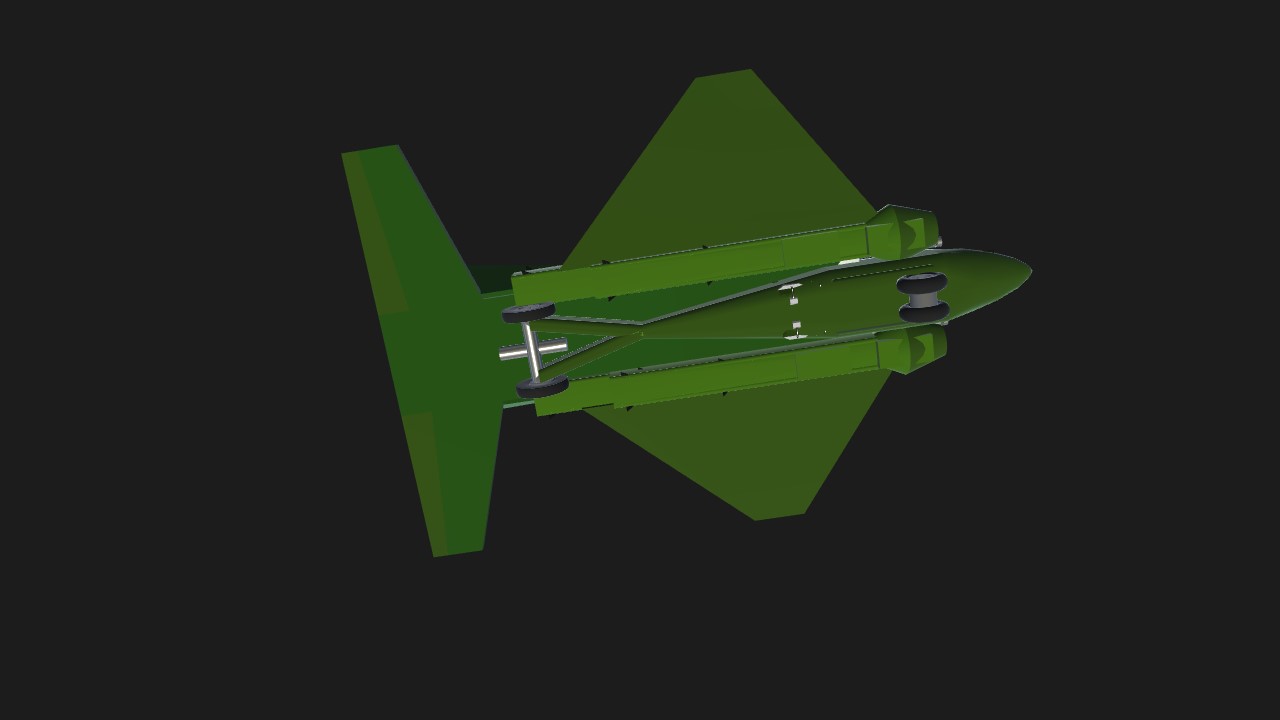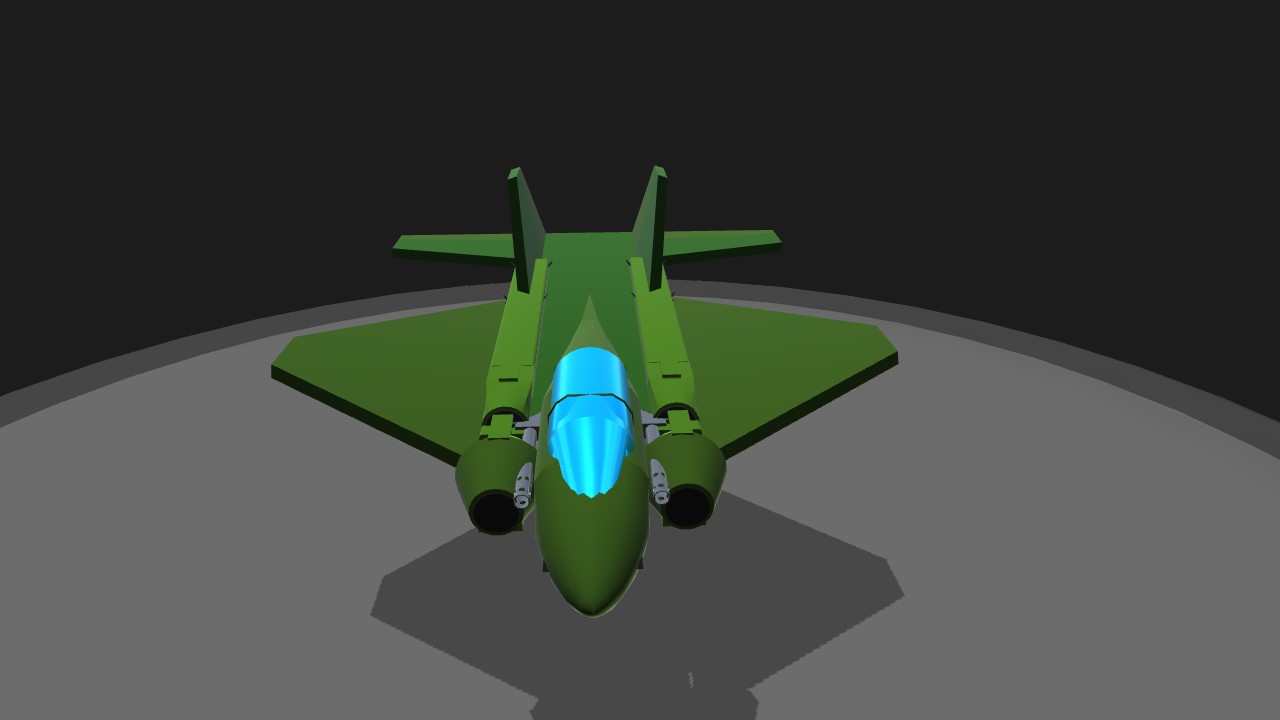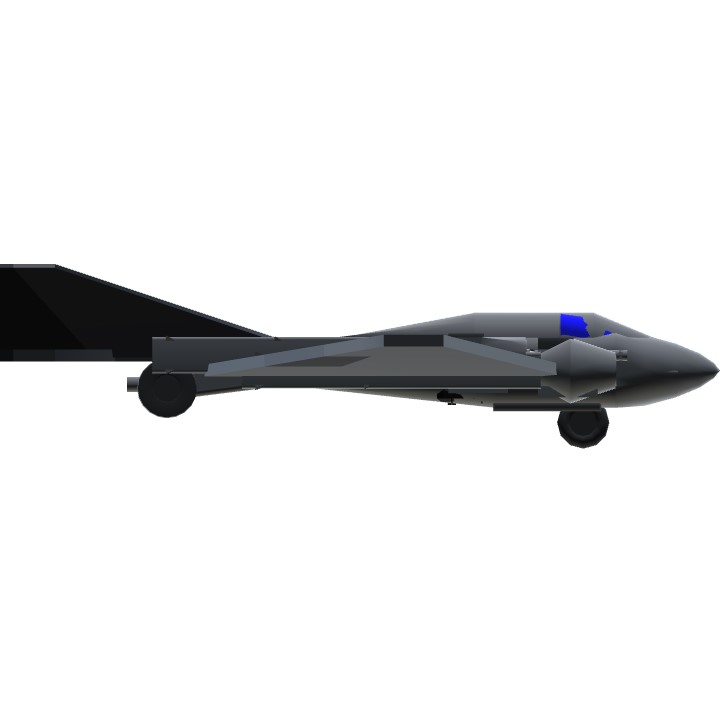Known as the godfather of modern day jet craft, the Deiswen Fighter Initiative experimental rocket was a very advanced (for its time) aircraft that relied on four solid fuel boosters as a mean for power, typically the aircraft was outfitted with a small engine to allow it to coast down the runway to speed of about 145 MPH before it would take off, at that point the engine was then killed and the Solid fuel boosters would activate, pushing the aircraft to a near mach 1. Despite it's design helping the allied forces develop jet aircraft after the war, the DFI-XR-2 series was a very lethal aircraft, to both allied bomber raids and the pilot itself as many cases have show the DFI-XR-2 exploding mid flight after heavy aileron turning to evade allied escort craft - this was due to an issue with the engine ejection system after the phase one rocket boosters would burn out - clogging the ports for the phase two boosters, however the war came to a close before the issue could be fixed and the DFI-XR-2, along with the rest of the Deiswenian military was disbanded.
As the aircraft was required to land completely unpowered, the DFI-XR-2 was built to have it ailerons to be use as improvised elevator surfaces, allowing the aircraft to glide for farther distances before landing, allowing the DFI-XR-2 to return to base.
As of now, only six surviving DFI-XR-2 aircraft are on display throughout the Federated states of Yassia, the Kingdom of Nordenvok, and the country of Deiswen
Action groups:
1 - activate phase one boosters
2 - activate phase two boosters (for safest results, activate after phase one burns out)
8 - disable/enable trolling engine.
Max altitude - 26,572 feet
Max speed - 683 MPH
Specifications
General Characteristics
- Created On Windows
- Wingspan 13.9ft (4.2m)
- Length 19.8ft (6.0m)
- Height 4.9ft (1.5m)
- Empty Weight 3,543lbs (1,607kg)
- Loaded Weight 3,549lbs (1,610kg)
Performance
- Wing Loading 22.9lbs/ft2 (111.9kg/m2)
- Wing Area 154.9ft2 (14.4m2)
- Drag Points 1366
Parts
- Number of Parts 76
- Control Surfaces 6
- Performance Cost 314






